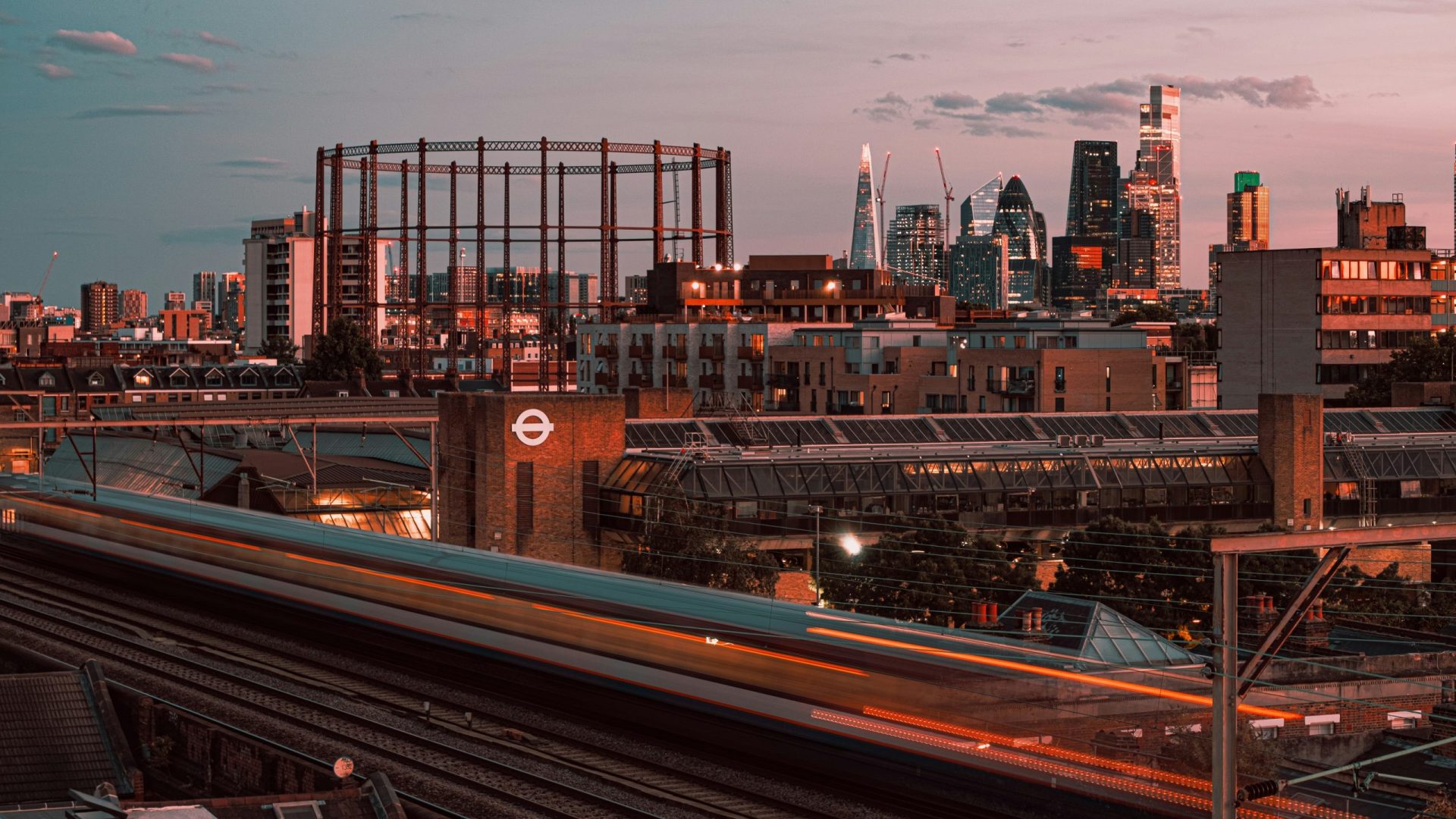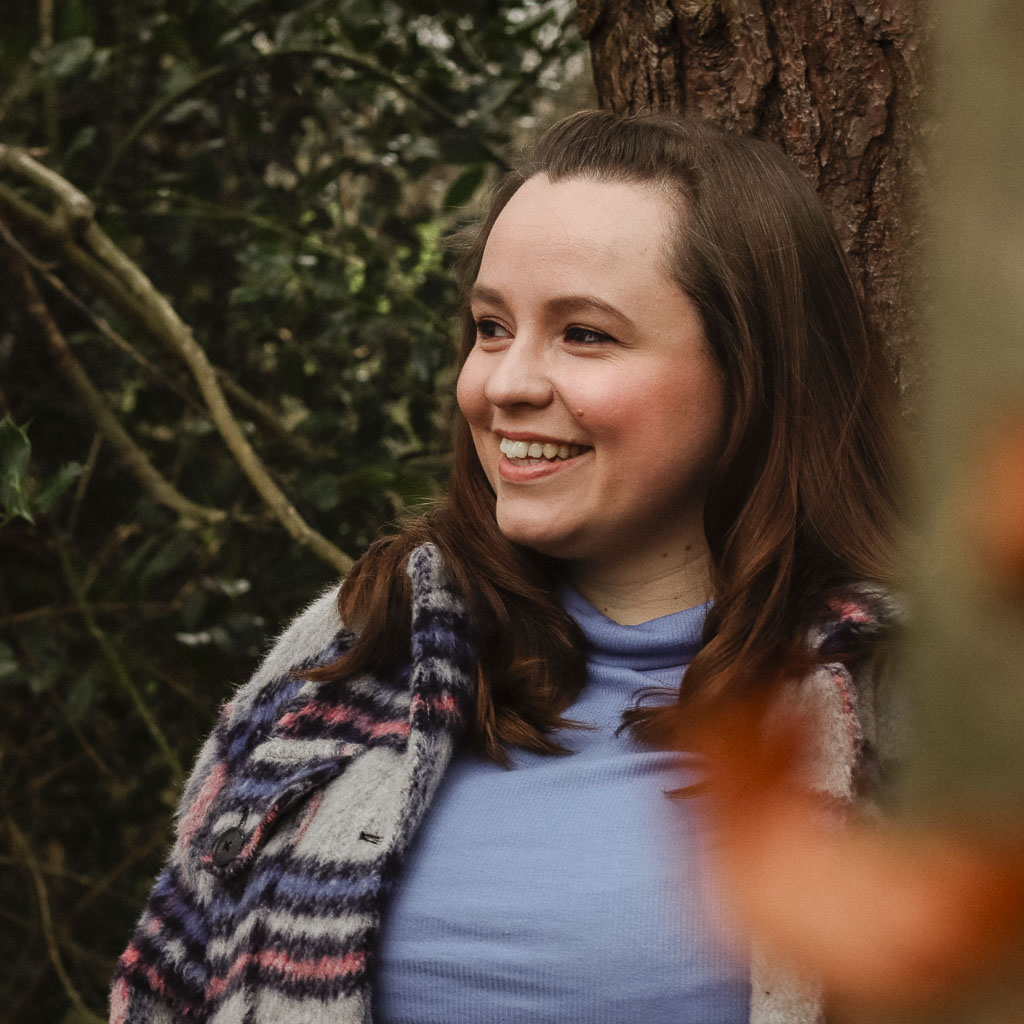
A good public transportation system can make or break a destination for international tourists. How do cities keep their transit relevant when locals don’t love change?


A good public transportation system can make or break a destination for international tourists. How do cities keep their transit relevant when locals don’t love change?
All over the world, public transportation is more than just a way to get to work. For visitors, it can be the difference between renting a car or getting around without one, and that can make or break a decision to go at all. But a recent controversy in London shows us the battle these systems face when trying to cater to tourists.
Recently, London announced that it would spend GBP£6 million on rebranding its Overground network, which mostly operates outside the city center. If you’ve ever visited, that’s the one depicted as one big orange tangle on the Tube map, even though there are several distinct lines. While the Underground is separated into 11 lines with names like Piccadilly, Victoria, Central, and Jubilee, people usually identify the Overground lines by their final destination. So instead of saying, “the Weaver line,” as my own nearest section will soon be named, people would say they’re taking the Overground toward Liverpool Street, Chingford, or Enfield Town.
If you ride the Overground every day, you’ll get the hang of it soon enough. But for tourists, it can be confusing, and the rebrand aims to address that. The renaming has been soft-launched, more or less—this summer, Transport for London (TfL) plans to make people aware that the names are changing, and they intend to replace all relevant signage in a cohesive rollout by the end of this year. The six lines will get names like Lioness, Suffragette, and Windrush, with each new name also serving as a nod to local history.
Not everyone loves the change. London’s transit system and the UK’s National Rail network have been plagued by delays and cancellations as staff have gone on strike in protest of stagnant wages, and some residents think it’s a waste to spend money on something that isn’t broken when there are more urgent needs at hand. Some passengers, like Louis Fulford-Smith, also criticize the change for being “woke.” He told the New York Times he thought the new “Liberty” line was “very American” and “scraping the bottom of the barrel.”
But officials say the changes are necessary to make the system easier for people to navigate. London’s transit network is constantly growing and changing, but signage hasn’t kept up, making it hard for people who aren’t regulars.
“The network, which has grown quite considerably since 2007, is currently shown as a complicated network of orange on route maps,” Andy Lord, London’s transport commissioner, said in a press release. “This can be confusing for customers less familiar with the network and could be a barrier for some wanting to use the London Overground. These new names and line colors will simplify the maps and routes for our customers, and it is hoped it will encourage more people to make the most of our services.”
The name changes may seem small, but having a public transit system that can evolve with its customers’ needs can revolutionize an entire city. Perhaps the best example of this is the Metrocable system in Medellín, Colombia. In the 1990s, Medellín was known as the murder capital of the world, but today, it’s a hot spot for tourists and remote workers instead. The city underwent a massive transformation, and a network of gondolas that opened in 2004 deserves a lot of credit for that. Research has shown that the public transportation provided by the gondolas directly reduced poverty and increased public safety. In 2002, about 37 percent of the city lived below the poverty line. That dropped to 14 percent in 2018, according to Axios, with neighborhoods with Metrocables seeing the biggest decreases in homicide rates.
For its part, TfL says it worked to make sure the new Overground colors are inclusive for people with disabilities, and that the changes are necessary to improve wayfinding and better communicate information about disruptions. And that is something I can get behind—even though I regularly take the Overground, I still have to consult the Tube map to see if my stop is affected whenever the whiteboards go up to indicate there’s a disruption between two stations I don’t recognize.
To come up with the new names, TfL worked with a partner agency, DNCO, to conduct research into local history and speak with residents who use the Overground every day. The Lioness line is a nod to the England women’s national football team, who have played many winning games at Wembley, which is on that line. Windrush honors a ship that brought hundreds of Caribbean immigrants to the UK in 1948. And Weaver, my local line, celebrates the influence of generations of tailors and textile merchants.
Ultimately, the £6 million price tag is a small part of TfL’s estimated £7.9 billion operational cost for this fiscal year. If TfL is still on track with last year’s estimates, they’ll end up with a £79 million surplus to reinvest in other improvements. As for those who are grumpy about the change, if research about habit formation provides any insight, it might take Londoners anywhere from a few weeks to eight months to get used to the new names. By then, I imagine we’ll forget they were ever called anything else.
***
Adventure.com strives to be a low-emissions publication, and we are working to reduce our carbon emissions where possible. Emissions generated by the movements of our staff and contributors are carbon offset through our parent company, Intrepid. You can visit our sustainability page and read our Contributor Impact Guidelines for more information. While we take our commitment to people and planet seriously, we acknowledge that we still have plenty of work to do, and we welcome all feedback and suggestions from our readers. You can contact us anytime at hello@adventure.com. Please allow up to one week for a response.

Kassondra Cloos is a travel journalist from Rhode Island living in London, and Adventure.com's news and gear writer. Her work focuses on slow travel, urban outdoor spaces and human-powered adventure. She has written about kayaking across Scotland, dog sledding in Sweden and road tripping around Mexico. Her latest work appears in The Guardian, Backpacker and Outside, and she is currently section-hiking the 2,795-mile England Coast Path.






Can't find what you're looking for? Try using these tags: